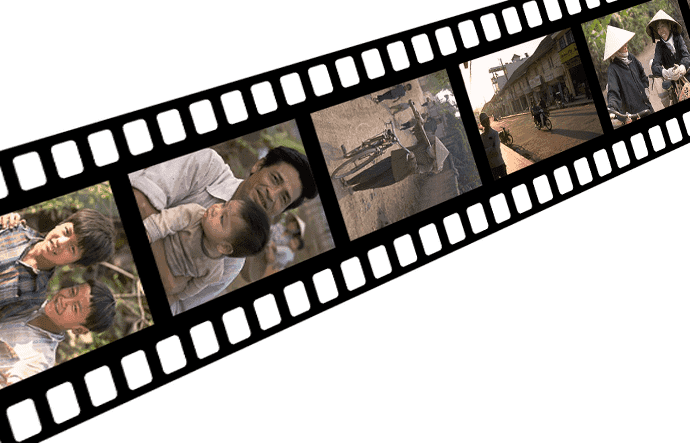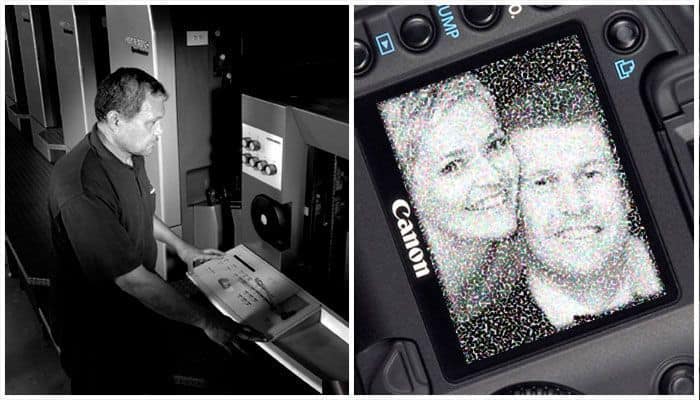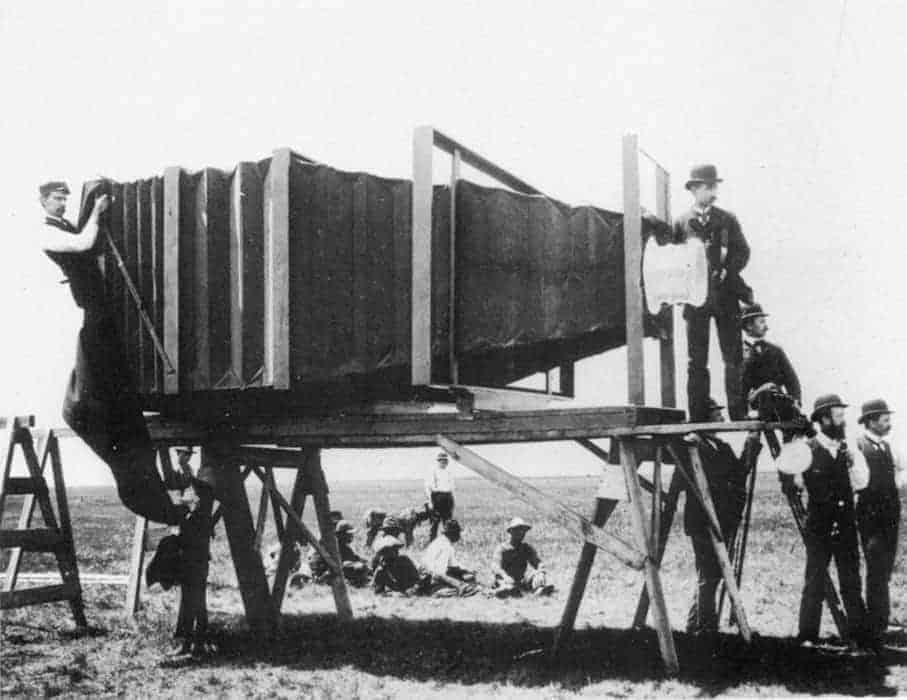If you’re a professional photographer working today, consider yourself a pioneer. Just as the industry changed to dry plate, to roll film and to colour, digital was one of the most significant technological advancements in photography. If not the most significant.

The first decade of this century saw the rapid adoption of digital capture. At the same time, we had the growth of Photoshop, the internet and social media. This, in turn, is causing dramatic changes to the profession of photography in the third decade of this century.

Not long ago, our profession relied on film with its allied industries like Polaroids, photo labs and scanning, as well as couriers and others. The photographer seemingly used magic to create an image inside a little box. As a professional we were supremely confident the invisible photograph was not only there, but was exactly what the client required.
Digital took that magic away. Now the image is visible immediately to everyone, even during capture. If it isn’t right, it can be corrected and immediately photographed again. The photo can also be prepped, ready for printing straight away. Most images are never printed.

Technology has made average photographers look good and good photographers appear better. Compact cameras are redundant. The world’s largest camera manufacturer is Apple. According to Flicker the iPhone is the number one camera used by its members.
Our world is saturated with millions of good photos, i.e. a nice record of what was in front of the camera. Some argue this has driven the market for quality images down with good, cheap (often free) images being “good enough”. Micro-stock with one buck royalty free photos has all but killed the stock photography business.

Professional photographers need to differentiate themselves from the average photographers who make “good” images.
How do professionals prove they are capable of consistently delivering quality images and service? One answer is to demonstrate it through experience and previously commissioned work.
Depending on your nature, all this is good if not exciting news. Change forces us to continually rethink business. Just as the technology changed, so must business models.
Photography conferences in the USA with the ASMP as well as CEPIC in Europe predicted photography would become a part-time profession. Ten years back photography conferences in the USA with the ASMP as well as CEPIC in Europe and AIPP in Australia predicted professional photography would become a part-time profession. Put more positively, offer more than just photography.

Diversify or die Australian photographer Ian Golding said a decade ago. More professionals are now doing video, virtual tours and workshops. DSLR and mirrorless cameras are as popular with video producers as they are with photographers.
It’s futile to try and change the market. We have to supply what the market needs. High-end image-makers will continue to create a demand for their services.
To prosper, professional photographers must be pioneers in both photography and business.
